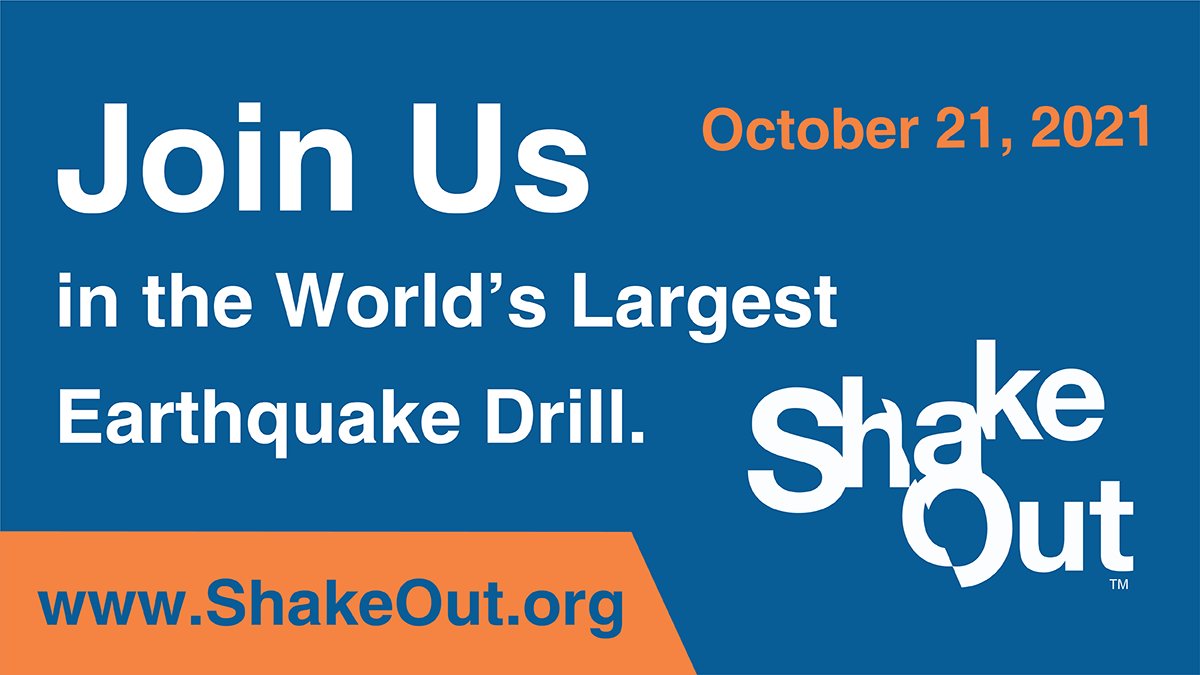Each year, @ShakeOut is an opportunity to practice what you would do during an earthquake. Knowing what to expect can help keep you calm and collected when the real thing happens so you can effectively protect yourself. But what exactly does the real thing feel like?
@ShakeOut Many folks living in the PNW might not have experienced a significant earthquake before. Maybe you've moved to the area since the last one (2001 Nisqually), or maybe you were too young to remember (many of the undergrads here @UW @uoregon weren't even born yet during Nisqually!). 

So what can you expect? Of course, one's experience during an earthquake depends on the size of the quake, their distance from the epicenter, etc. so it is hard to say exactly, but here are a few things you might encounter >
With @USGS_ShakeAlert live, the first sign an eq is happening will likely be a ShakeAlert message. The PNW hasn't had a big enough eq to trigger public alerts but CA has. Check out the replies to this Tweet to see what receiving a ShakeAlert will be like.
https://twitter.com/USGS_ShakeAlert/status/1390529670160916483?s=20
@USGS_ShakeAlert Once shaking has reached you, depending on the size of the earthquake the ground could shake for a few seconds to over a minute. You might first feel a jolt, then various degrees of shaking depending on your distance from the earthquake's origin and the ground beneath your feet.
@USGS_ShakeAlert If you are close to a strong earthquake, the shaking may be violent, making it difficult to stand. If you are farther away, you may feel more of a rolling motion. A smaller quake nearby will feel like a brief shudder or a few sharp shakes after the initial jolt.
@USGS_ShakeAlert During shaking, you should Drop, Cover, and Hold On. Do not run out of a building; shaking may be strong enough to knock you off your feet. You also should not stand in a doorway. Doorways do not protect you from falling objects and are not less likely to collapse.
After a significant earthquake, aftershocks are likely and some may be large enough to cause considerable shaking depending on the size of the mainshock. Once shaking from the mainshock has stopped, you can check for aftershock forecasts from @USGS_Earthquakes.
Now that you know what an earthquake might feel like, it's important to practice what to do in response. Join us TOMORROW, Thursday, October 21st, for #ShakeOut 2021, and check out shakeout.org for more resources. 

• • •
Missing some Tweet in this thread? You can try to
force a refresh









